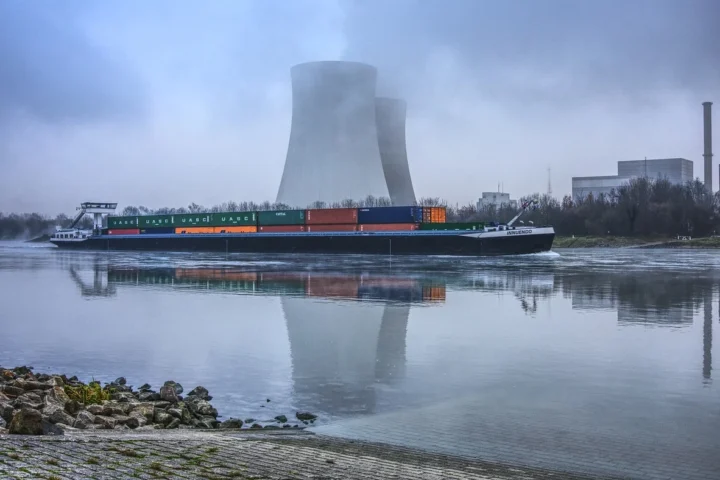In a world grappling with climate change, India stands at the forefront of a complex nexus involving water, food, and land. While these interconnected challenges often take a back seat in media headlines, they pose a sleeper crisis that demands urgent attention. As the international community gears up for COP28, which prioritizes water on the climate agenda, India’s role as the largest global user of freshwater for agriculture and the home to the world’s largest population becomes crucial. This article delves into the need for an integrated approach to India’s sustainability policies, emphasizing the importance of harmonizing water, food, and land strategies.
The Current Scenario
The 2023 assessment of Sustainable Development Goals unveils alarming statistics – over 800 million people worldwide live in areas with high water stress, and an equivalent number face chronic hunger. Additionally, the management of land is pivotal for ensuring optimal water use and sustainable food production. In India, this triad of water, land, and food demands a comprehensive policy framework to minimize negative trade-offs and foster mutual support.
Policy Analysis
The Council on Energy, Environment, and Water (CEEW) and the International Water Management Institute (IWMI) conducted an initial assessment of seven national policies across water, land, and food sectors in India. With a combined annual expenditure of ₹39,550 crore in the last three years, these policies form the backbone of the nation’s approach to sustainability. A blueprint for a granular-level policy coherence analysis, conducted at the state or district level, emerges from this assessment.
Key Considerations for Future Policy Work are highlighted below.
1. Common Indicators Across Ministries
· Different governmental ministries overseeing water, food, and land policies should collaborate to develop common impact indicators.
· For instance, improving water use efficiency, a crucial aspect for economic returns and water conservation, requires engagement from multiple sectors such as water resources, power, rural development, food supplies, and farmers’ welfare.
2. Outcome-Based Impact Assessment
· Shifting focus from output-based sectoral targets to outcome-based indicators that lead to broader societal and environmental benefits.
· The example of the Jal Jeevan Mission’s functionality assessment, which considers family income and social status improvement alongside output indicators, serves as a model for other policies.
3. Building Partnerships and Coordination
· Establishing mechanisms for partnerships, collaborations, and coordination among different ministries and departments at all levels – national, regional, state, district, block, and village.
· Encouraging engagement between formal government institutions and community-based organizations for a more effective and informed policy implementation.
Winding it up
Policy coherence in India is an evolving theme that needs to be integrated into every phase of the policy cycle. Recognizing that land, water, and energy cannot be addressed in isolation, a holistic policy overhaul is essential for ensuring long-term security. As India navigates its role on the global sustainability stage, an integrated approach to water, food, and land policies becomes not just a necessity but a foundation for a resilient and sustainable future.







